Dog training is an essential aspect of owning a dog.
It not only helps to develop a strong bond between you and your furry friend but also ensures that your dog behaves well in various situations.
Traditionally, dog training has involved the use of punishment to correct undesirable behaviors. However, there is a growing movement towards dog training without punishment, which focuses on positive reinforcement and mutual trust between the dog and the owner.
And yes, it can be exhausting when our dog barks incessantly, or when your training sessions don’t go well, but we don’t need to punish. This is a controversial topic, but it’s a topic that really needs to be discussed so that we can put these things to bed.
What Is Punishment In Dog Training?
Punishment in dog training is a technique that is used to decrease the likelihood of a behavior being repeated. It involves applying an unpleasant stimulus that either decreases or eliminates the behavior. Punishment in behavioral terms is something that diminishes behavior. It is imperative that punishment is timed to coincide with the undesirable behavior and must be unpleasant enough to deter the dog from repeating the behavior. Positive punishment means adding something after the dog did a behavior that makes the frequency of that behavior go down.
This refers to operant conditioning, which is a part of learning theory, outlined by B. F. Skinner in the 1960’s which defines the quadrants of operant conditioning as;

Positive Reinforcement – Giving a desirable reward for a behaviour performed correctly increases the chance of that behaviour being repeated.
Negative Punishment – Removing or denying a desirable reward for a behaviour performed incorrectly decreases the chance of that behaviour being repeated.
Positive Punishment – Giving an undesirable punishment for a behaviour performed incorrectly increases the chance of that behaviour not being repeated.
Negative Reinforcement – Not giving an undesirable punishment for a behaviour performed correctly increases the chance of that behaviour being repeated.
So when it comes to punishment, we’re referring to “Positive punishment”, aka your dog does a bad thing, or an undesired behavior, they get unpleasant consequences.
Examples of punishment:
All sorts of things can be used in a form of punishment, as our dogs decide what is punishment. This comes in something as simple as physical punishment, e-collars, Prong collars, choke chain, leash “pops”/leash correction, loud noises, cans of pennies, pet corrector sprays, shouting at your dog, or alpha rolls.
Essentially, punishment covers anything the dog might find scary, uncomfortable or painful, and is created or used in a way that it would discourage our dogs from doing it again.
Punishment appears to work because it makes our dogs less likely to do the thing they were doing. These are known as aversive methods or aversive tools, these aversive stimuli are commonly just evered to as aversives.
However, it’s hard to get the required precision, direction and avoid future fallout. Which is why it’s not used by most professional trainers.
Proper behavior modification involves understanding our dog’s body language, managing out their failure, and creating opportunities in our dog’s environment to succeed.
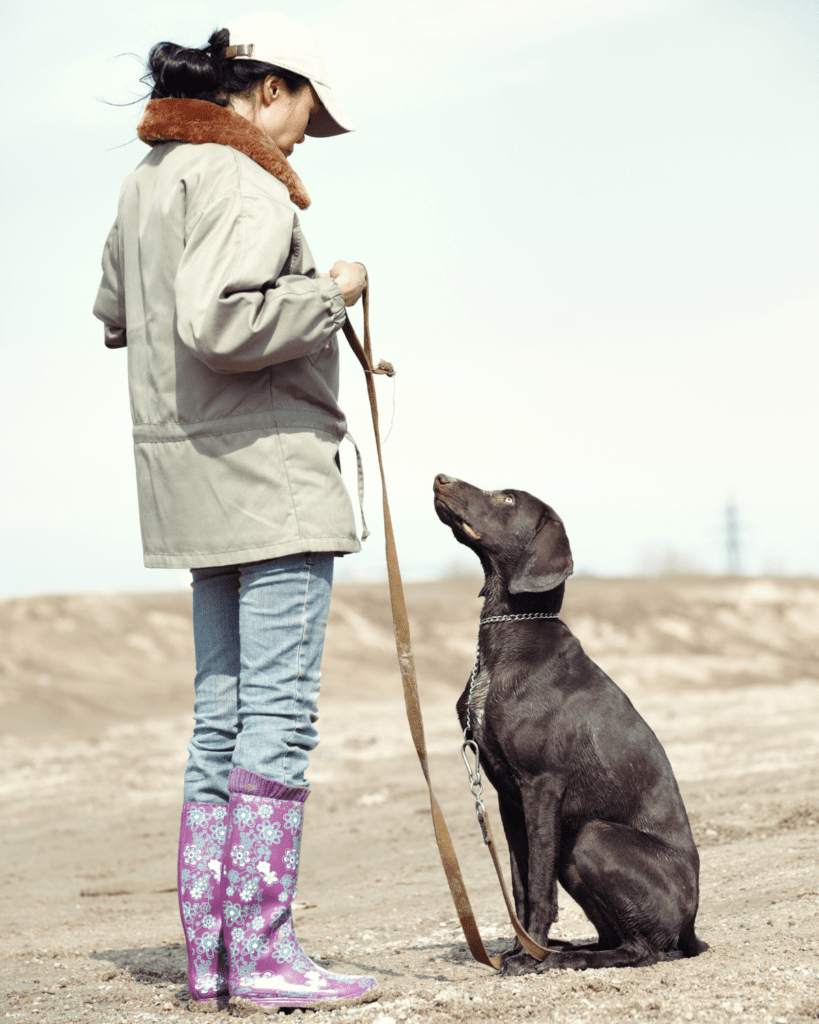
10 Reasons Not To Use Punishment In Dog Training
Aversive-based training keeps perpetuating itself because of certain animal trainers who are on TV who have been made famous by punishment techniques. Well-meaning owners use these techniques, but this is your reasons to not.
- May cause fear and anxiety: Punishment can cause fear and anxiety in dogs, which can lead to a host of behavioral problems that are really complex to resolve and you will need professional behaviorists involved.
- Damages the bond between dog and owner: Using punishment can damage the bond between dog and owner, making the dog less responsive to the owner’s commands, or reacting with rigidity and fear as opposed to cooperation.
- Can lead to aggression: It’s not uncommon for a dog to get punished and instantaneously redirect onto another person, child or dog, creating a fight or worsening the situation. And this is the worst thing that can happen. If our dog is not processing in the same space we are? For example, if a dog runs towards another dog to enact their reactive response, but they get distracted for a split second by, say, a child, they can interpret that aversive stimulus with the child, meaning they can become fearful or bite a child… and it’s why aversive dog training tools are used wrong most often.
- May cause pain and injury: Punishment can cause pain and injury to dogs, especially if the punishment is physical. Yes, it’s an important thing to note that this would be poor use of these tools, but you’d be amazed how often people misuse positive reinforcement, so imagine how often and the fall out of poor tool usage?
- Can be ineffective: Punishment may be ineffective in changing behavior in the long term and may even make the behavior worse. Like, if your dog is stressed, or they’re scared, then adding in pain or punishment isn’t going to change that opinion.
- Can cause the dog to become stressed: Punishment can cause dogs to become stressed, which can lead to a host of health problems, and behavior issues.
- May cause the dog to become defensive: Punishment can cause dogs to become defensive, which can lead to them becoming more aggressive or feeling threatened. And as soon as the ‘tool’ you might be using gets removed? Then that risk comes straight back.
- Can create a negative association: Punishment can create a negative association with training, making the dog less willing to learn. Not to mention that if you do, say, use a can of pennies to rebuke your dog for their unwanted behavior, then when they develop a fear of storms, or fireworks, then, it’s highly likely that that that was caused by the punishment.
- Can lead to avoidance behavior: Punishment can lead to avoidance behavior, where the dog learns to avoid the punishment rather than learning the desired behavior.
- Positive reinforcement is a more effective alternative: Positive reinforcement, such as rewarding good behavior, is a more effective and humane alternative to punishment in dog training.
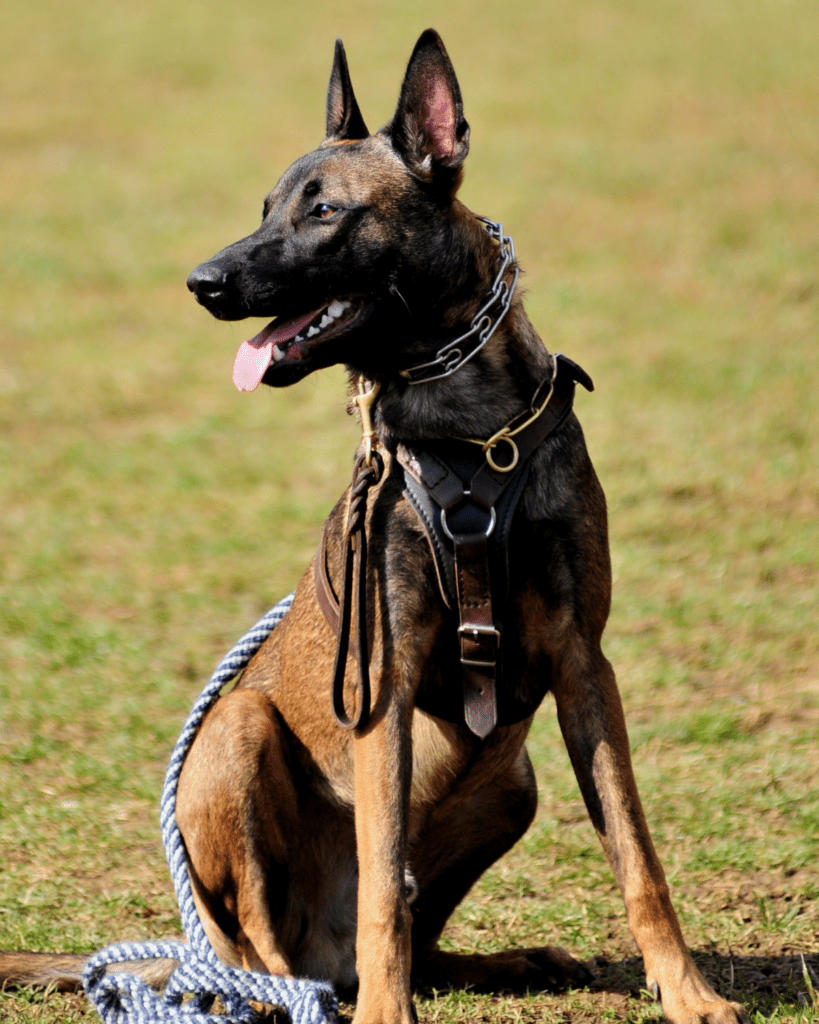
What Do We Do Instead?
There are several alternatives to punishment that can be used in dog training, and they are a way more effective ways to train. Here are a few effective methods:
- Positive reinforcement: Positive reinforcement involves rewarding your dog for good behavior. This can be in the form of treats, praise, or playtime. By rewarding good behavior, you are encouraging your dog to repeat that behavior in the future.
- Clicker training: Clicker training is a form of positive reinforcement that uses a clicker to mark the desired behavior. The clicker is a small device that makes a clicking sound, which signals to your dog that they have done something right. This is followed by a reward, such as a treat or praise.
- Desensitization: Desensitization involves gradually exposing your dog to something that they are afraid of or sensitive to. By doing this slowly and in a controlled manner, you can help your dog overcome their fears without causing undue stress.
- Counter-conditioning: Counter-conditioning involves changing your dog’s emotional response to something that they find scary or stressful. This is done by associating the scary thing with something positive, such as treats or playtime.
- Management: Management involves setting up your dog’s environment in a way that prevents undesirable behaviors from occurring. For example, if your dog is prone to chewing on furniture, you can provide them with appropriate chew toys and make sure that the furniture is out of reach. Removing the issue can feel like avoiding the issue, and not dealing with the unwanted behavior – however, it’s just limiting exposure so that you can actually address and train your dog’s unwanted behaviors away and reward for appropriate behaviour choice.
These methods are all effective alternatives to punishment in dog training. By using positive reinforcement and building trust with your dog, you can create a strong bond and a well-behaved companion.
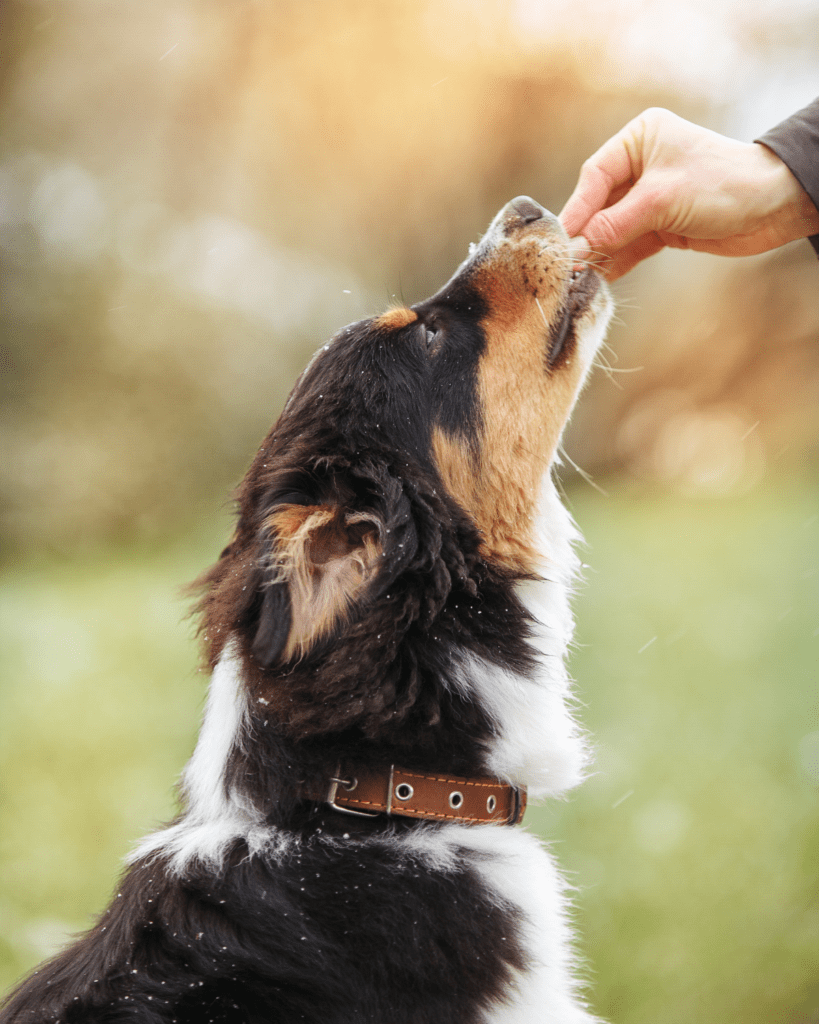
Why Is Positive Reinforcement The Best Option For Training?
Positive reinforcement is often considered the most effective training method for dogs, and there is scientific evidence to support this claim. Here are a few reasons why:
- It increases the likelihood of the desired behavior being repeated: A study published in the Journal of Applied Animal Welfare Science found that dogs trained using positive reinforcement were more likely to repeat the desired behavior than those trained using punishment or a combination of punishment and reinforcement (Arhant et al., 2010).
- It promotes a positive emotional state: Another study published in the same journal found that dogs trained using positive reinforcement exhibited fewer signs of stress and anxiety than those trained using punishment (Rooney & Cowan, 2011). This suggests that positive reinforcement promotes a positive emotional state in dogs.
- It strengthens the bond between dog and owner: A study published in the International Journal of Comparative Psychology found that dogs trained using positive reinforcement showed greater attachment to their owners than those trained using punishment (Feuerbacher & Wynne, 2012). This suggests that positive reinforcement can strengthen the bond between dog and owner.
- It can be more effective than punishment in changing behavior: A study published in the Journal of Veterinary Behavior found that dogs trained using positive reinforcement were more successful in changing their behavior than those trained using punishment (Hiby et al., 2004).
Overall, these studies suggest that positive reinforcement is a more effective and humane training method than punishment for dogs. By using positive reinforcement, you can create a positive emotional state in your dog, strengthen your bond, and increase the likelihood of the desired behavior being repeated.
How Do I Know This Will Work?
If you’re currently thinking “oh, this won’t work for my dog” or wondering about it’s efficacy?
Most professional dog trainers will use solely positive reinforcement based training to show pet parents how to decrease bad behavior by using management,
Well, positive reinforcement is used universally accepted as not only the best way to train dogs, but the best way to train all animals, from us to killer whales. Operant learning works! There’s no two ways, but you just cannot use punishment work on a tiger – they’re not going to let that happen! So modern zoos and animal care facilities all focus on positive reinforcement and cooperative care.
So why on earth, if it works for all animal training, would it not work for your best friend?
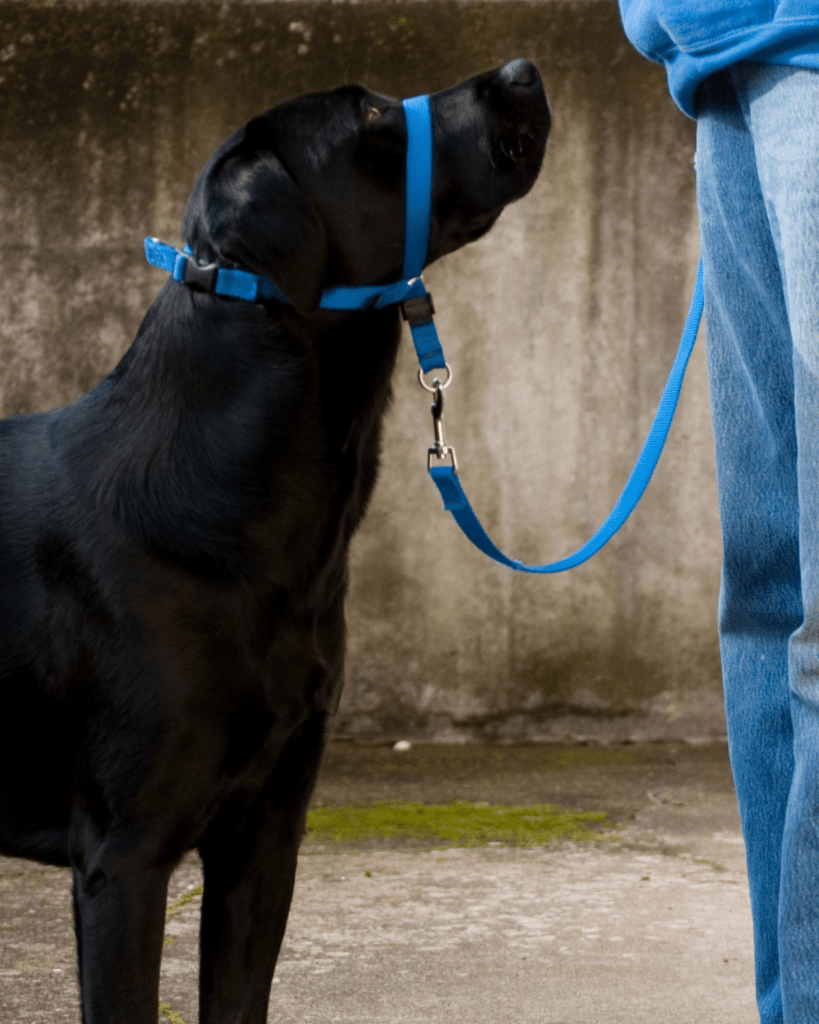
Does It Work For Problem Behaviors?
Unwanted behaviors, problem behaviours, or even just your dog’s unwanted behaviour, it doesn’t matter. All of it can be tackled under positive reinforcement work. Sometimes people struggle to motivate their dog properly, but these may help.
Positive reinforcement training by any other name…
It can be super confusing for dog owners to see all these different labels. Positive reinforcement trainers can use terms like:
- Force-free training,
- LIMA Training (Least Invasive, Minimally aversive)*,
- Holistic,
- Science based,
- Reward-based training
*This does use punishment but as a really last resort, and not as a primary way to resolve.
Please do be aware that trainers can identify as “positive reinforcement” trainers, but you may see some use of positive punishment creep in, and I will always advocate you learning the basics, and when your “professional trainer” suggests the use of a prong, a head collar, the use of shock collars or similar, you can stand back, recognise it as aversive punishment, and step away from those training classes.
Drop that e-collar & Pick up some treats!
The awesome thing about dogs is that they learn really well. And all training will use more than just positive reinforcement, so it’s very far from limiting, because positive reinforcement methods will be coupled with classical conditioning, and it all has a lot less unintended consequences. The use of aversives is simply outdated. Punishment-based training has no space in this world.
Sometimes we have to create a long pattern of reward to overcome some natural drivers, but no dog is incapable of learning.
You may feel stuck, you may feel disheartened, but I promise you, you don’t need to apply any punishment for your dog to learn.
Inegrating your dog into your home, creating a good relationship, and creating success for them in the human world, and it’s all part of the training process, but at no point does your dog need negative consequence in order to learn. The only way, the right way? is to take advantage of the positive means and managing our dog’s environment.
If you need help in the use of positive reinforcement training with your dog, whether your dog pulls or you’re working with a fearful dog, I can help you learn better ways to train.
References:
Arhant, C., Bubna-Littitz, H., Bartels, A., Futschik, A., & Troxler, J. (2010). Behaviour of smaller and larger dogs: Effects of training methods, inconsistency of owner behaviour and level of engagement in activities with the dog. Applied Animal Behaviour Science, 123(3-4), 131-142.
Feuerbacher, E. N., & Wynne, C. D. (2012). Relative efficacy of human social interaction and food as reinforcers for domestic dogs and hand-reared wolves. Journal of the Experimental Analysis of Behavior, 98(1), 105-129.
Hiby, E. F., Rooney, N. J., & Bradshaw, J. W. (2004). Dog training methods: Their use, effectiveness and interaction with behaviour and welfare. Journal of Veterinary Behavior, 1(2), 52-64.
Rooney, N. J., & Cowan, S. (2011). Training methods and owner-dog interactions: Links with dog behaviour and learning ability. Applied Animal Behaviour Science, 132(3-4), 169-177.

Author, Ali Smith
Ali Smith is a professional, qualified, and multi-award winning trainer is the founder of rebarkable. She has always believed animals deserve kindness and champions force free methods. Believing that dog guardians will all choose the kindest options if proper information is provided, she aims to help all dog guardians who need it and make dog training as accessible as possible
Ali lives win Maryland, US with her husband and her three dogs.

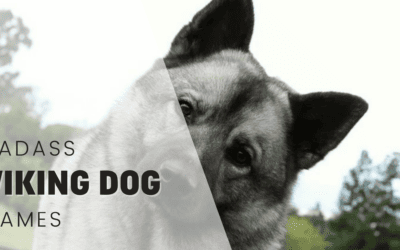




0 Comments